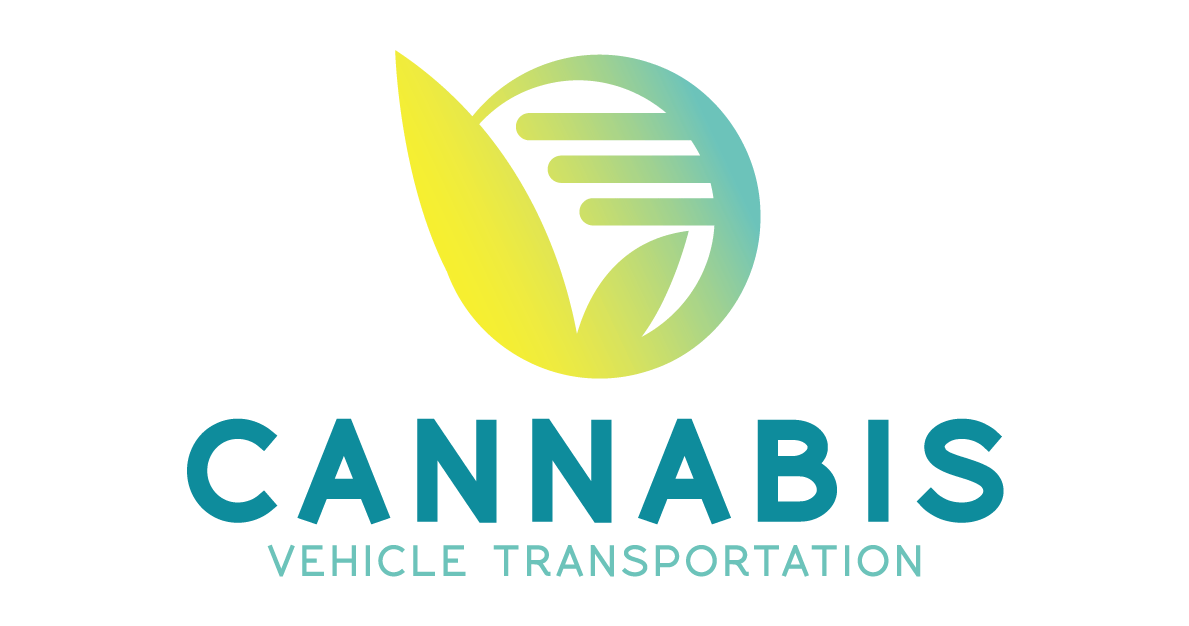As the legal cannabis industry enters a period of explosive growth, the transportation sector underpinning it faces a complex future. With North American cannabis sales projected at $57 billion in 2023 and potentially ballooning to over $444 billion globally by 2030, transport logistics will be a critical bottleneck—and opportunity—for the industry.
Regulatory Ruts and Federal-State Conflicts
One of the most pressing challenges is the persistent dissonance between federal and state regulations. Federally illegal, cannabis cannot legally cross state lines, forcing logistics providers to operate fragmented, state-by-state supply chains. This patchwork drives up costs and complicates fleet management. Meanwhile, drivers remain under the thumb of federal Department of Transportation policies that ban cannabis impairment in safety-sensitive roles—even in legal states. Firms report rising turnover among drivers due to fear of drug testing consequences.
Technology and Third-Party Logistics Step In
To navigate these headwinds, companies are increasingly turning to technological innovation. Automated tracking systems, AI-enabled routing, secure chain-of-custody solutions, and blockchain pilots are emerging as crucial tools to ensure compliance, reduce risk, and protect product quality during transit. Third-party logistics (3PL) firms are beginning to specialize in cannabis, offering tailored services that manage both regulatory compliance and security—a far cry from traditional freight operations.
Insurance, Banking, and Compliance Solutions
Another key development is the gradual expansion of financial infrastructure to support cannabis logistics. The SAFE Banking Act, although still under Senate review, aims to protect banks and insurers servicing the cannabis sector. As insurance products tailored to cannabis transportation (covering compliance failures, theft, and legal fines) mature, operators will gain better risk mitigation tools.
The Rise of Delivery Networks
Within the cannabis transport ecosystem, retail delivery is emerging as a powerhouse. North America’s cannabis delivery services are projected to exceed $15 billion by 2030, powered by legalization, rising consumer demand, and scale-ups from tech-enabled platforms like Eaze and Dutchie. These platforms deploy GPS-based compliance tools, geofencing, and age-verification tech—mirroring innovations seen in other regulated e‑commerce sectors.
Cross-Border Ambitions and International Trade
Looking further ahead, international trade poses both opportunity and risk. Countries such as Canada are already exporting cannabis, but cross-border trade remains fraught with divergent laws and customs checkpoints. Any expansion into this arena will rely heavily on real-time traceability, digital documentation, robust insurance, and widely agreed-upon international standards.
Outlook: Scalability Through Integration
In summary, cannabis transportation is at a transformative inflection point. As federal rescheduling looms and federal banking access potentially becomes viable, logistics firms that integrate compliance, secure tech, and scalable delivery solutions will lead. According to First Citizens Bank’s 2025 industry survey, 77 percent of cannabis businesses anticipate growth in the next year—underscoring the urgent need for resilient transport systems. Unless regulators, carriers, and tech innovators work in concert, growing pains may ripple throughout the supply chain—and the entire market could stall.
Final take: The coming decade will demand that cannabis logistics providers operate at the intersection of technology, regulation, and finance. Those that can weave together dynamic routing, secure compliance, and scalable delivery networks will be best positioned to carry the industry forward.

